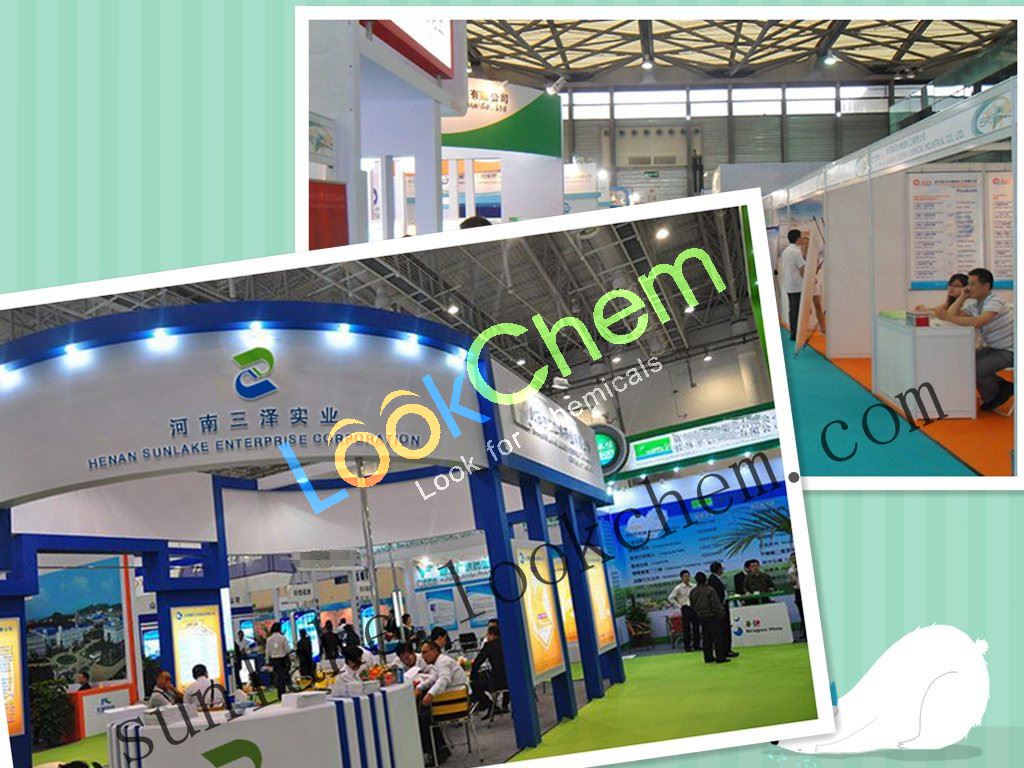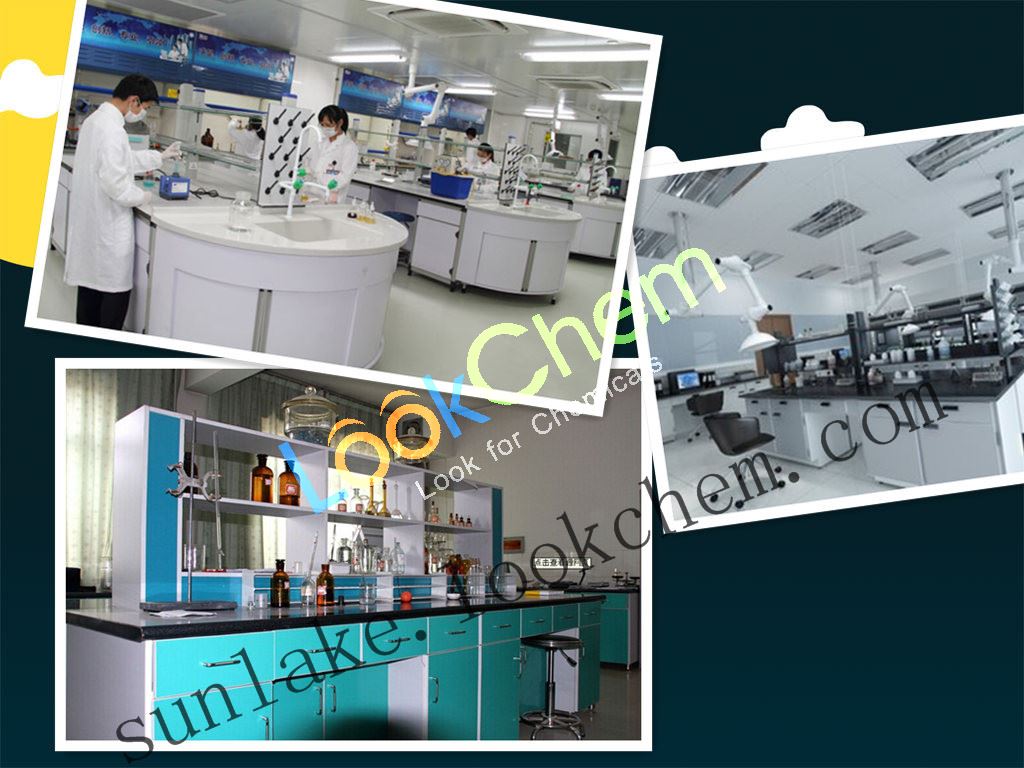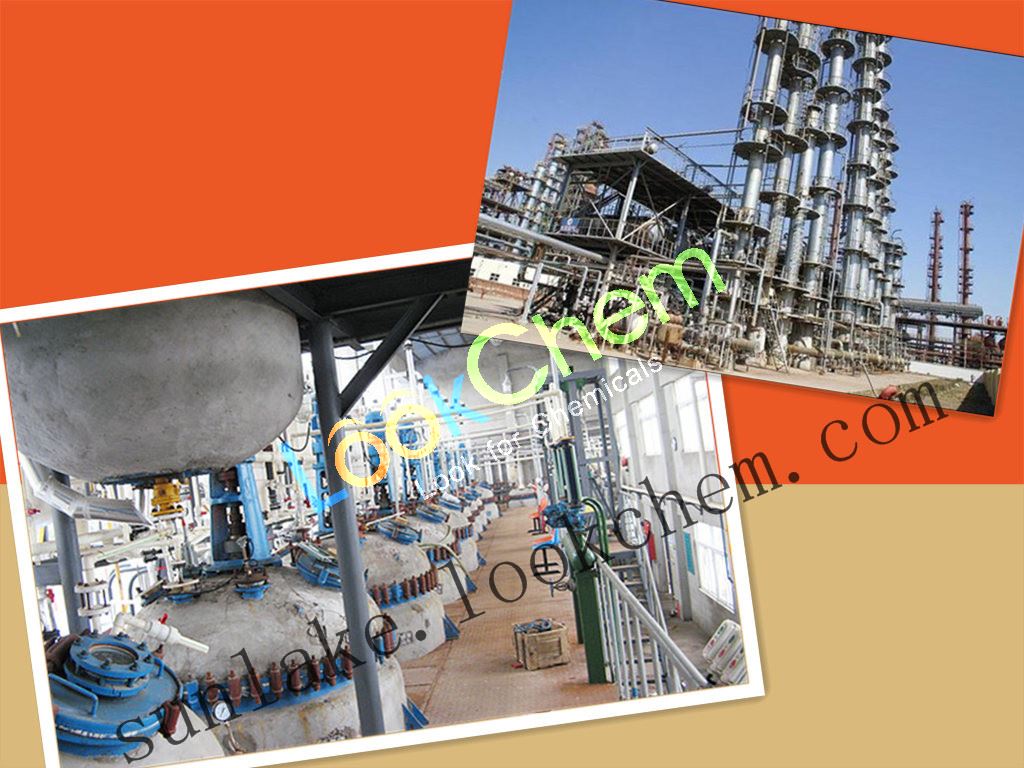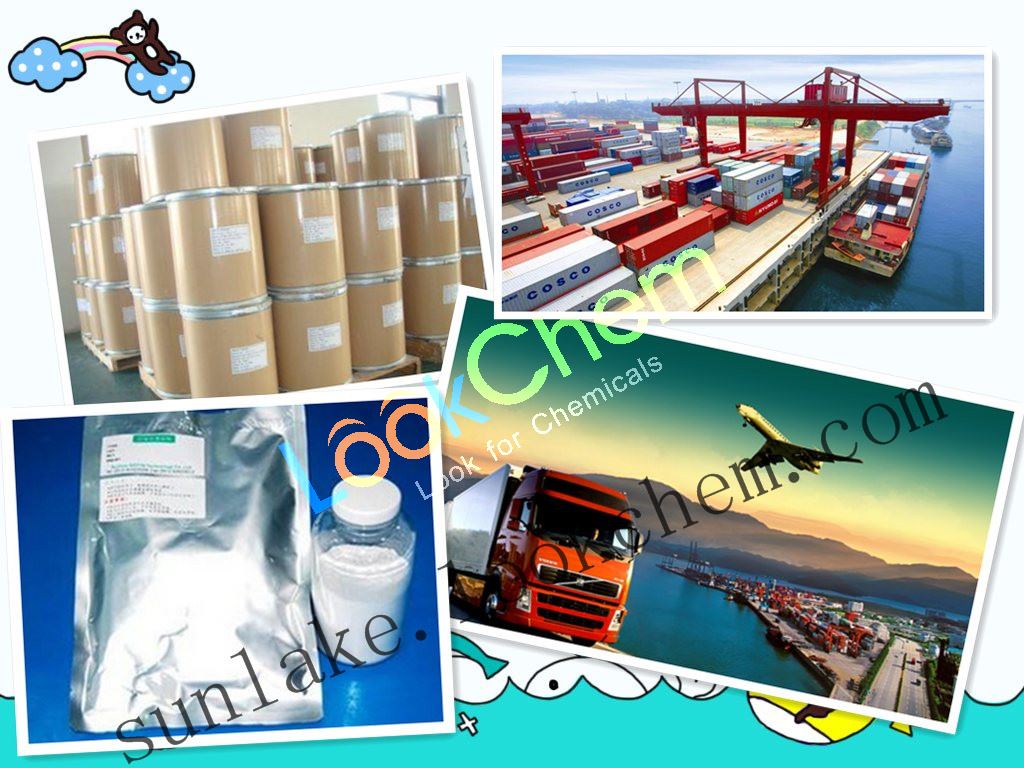- Min.Order :100 Gram
- Purity: 99%
- Payment Terms : L/C,D/A,D/P,T/T,Other
Keywords
AY 22989 HIGH purity by own lab 53123-88-9 NSC-226080
Quick Details
- Appearance:White to Off-White Solid
- Application:53123-88-9
- PackAge:1g;5g;10g;25g;50g;100g;500g;1KG;5KG,25kg,50kg or as customers request
- ProductionCapacity:100|Kilogram|Month
- Storage:2-8, cold storage, to avoid light storage.
- Transportation:BY SEA /BY AIR /BY COURIER
Superiority:
| Rapamycin Basic information |
| Product Name: | Rapamycin |
| Synonyms: | AY 22989;23,27-EPOXY-3H-PYRIDO(2,1-C)(1,4)OXAAZACYCLOHENTRIACONTINE;NSC-226080;RAPA;RAPAMUNE;RAPAMYCIN;RAPAMYCIN, STREPTOMYCES HYGROSCOPICUS;RPM |
| CAS: | 53123-88-9 |
| MF: | C51H79NO13 |
| MW: | 914.18 |
| EINECS: | 262-640-9 |
| Product Categories: | Active Pharmaceutical Ingredients;Immunosuppressant;All Inhibitors;Inhibitors;Intermediates & Fine Chemicals;Pharmaceuticals;Cytokine signaling;Signalling;API;Chiral Reagents;Heterocycles;Inhibitor;VIVACTIL;antibiotic |
| Mol File: | 53123-88-9.mol |
|
|
|
| Rapamycin Chemical Properties |
| mp | 183-185°C |
| Fp | 87 °C |
| storage temp. | -20°C |
| Sensitive | Moisture Sensitive/Light Sensitive/Hygroscopic |
| CAS DataBase Reference | 53123-88-9(CAS DataBase Reference) |
| Safety Information |
| Hazard Codes | Xi,Xn,F |
| Risk Statements | 36/38-36-20/21/22-11 |
| Safety Statements | 22-24/25-37/39-26-36/37-16 |
| RTECS | VE6250000 |
| Hazardous Substances Data | 53123-88-9(Hazardous Substances Data) |
| MSDS Information |
| Provider | Language |
|---|---|
| Sirolimus | English |
| Rapamycin Usage And Synthesis |
| Immunosuppressant |
Rapamycin (RAPA) is a new type of large ring lactone immunosuppressant. It is white solid crystal, melting point of 183-185 oC, lipophilic, soluble in methanol, ethanol, acetone, chloroform and other organic solvents, very slightly soluble in water, hardly soluble in ether. It was developed in the early 1970s, initially was as low toxicity antifungal drugs, and was found immunosuppressive in 1977. From 1989, RAPA was as a new drug for the treatment of organ transplantation rejection in trial, and from animal experiments and clinical application effects, it is of good curative effects, low toxicity and no new immunosuppressant nephrotoxicity. Now rapamycin is frequently as maintaining immunity drug for transplant organs (especially kidney transplant), to slow down the immune rejection of the organ in transplant surgery, however, scientists recently discovered another purpose: it can be used in the treatment of alzheimer's disease (senile dementia). To their interest, the main composition of rapamycin exists in Easter island isolated bacteria in the soil, and recent experiments show that the material used in the experimental rats can have ability to restore the memorization defects on the body. Rapamycin is a large ring lactone antibiotic, it has the similar composition with Zyprexa (FK506), but has very different mechanism of immunosuppression. FK506 suppressor T lymphocyte proliferation from G0 to G1 phase, whereas RAPA blocks signal transduction through different cells, and the process of T cells and other cells from G1 phase to S phase. Compared with FK506, RAPA blocks the signal pathways of T lymphocytes and B lymphocytes depended on calcium or not. Medical researchers from University of Chicago combined commercially available rapamycin oral tablets with grapefruit juice in the treatment of melanoma (a kind of malignant tumor disease common in European and American people), which could greatly improve the anticancer effect of other chemotherapy drugs, thereby prolong the survival time of patients. Studies have shown that rapamycin is easy to decompose by enzyme on entering the digestive tract, and the grapefruit juice contains a large number of coumarin and furan, which can inhibit the digestive enzymes from damaging the effects of rapamycin, so it can improve the bioavailability of rapamycin. It is said that the earliest Dutch doctor had found: grapefruit juice have a function to improve the oral absorption effect of sandimmune, which now is applied to the formulation of rapamycin by the European and American doctors. |
| Discovery History | Rapamycin (sirolimus) is a kind of secondary metabolite produced by the soil streptomyces secretion firstly found in Chile Easter island soil in 1975, and its chemical structure belongs to "triene large ring lactone class" compounds. Due to the low rapamycin fermentation yield and complicated extraction process, until 1999, the product was developed and appeared in the market by American household chemicals company, and then gone public in a dozen countries in Europe and the United States. The U.S. food and drug administration (FDA) approved indications of rapamycin is not antibiotics but "immunosuppressant. This is because rapamycin showed a strong immunosuppressive effect in clinical trials, and can replace ring spore which has a clinical history more than 30 years. And compared with ring spore, the oral dose of rapamycin is smaller (only take 2 ~ 3 mg each time), anti-rejection effect is stronger, and less side effects. So since rapamycin listed, it was quickly used as common oral immune inhibitors for transplants in the world. |
| Targeted Cancer Therapy Drugs | In recent years, studies found that as an intracellular kinase, the pathway abnormality of rapamycin target protein (mTOR) may induce many diseases. Rapamycin as mTOR’s targeted inhibitor, can treat the tumors closely related to the pathway including kidney cancer, lymphoma, lung cancer, liver cancer, breast cancer, neuroendocrine carcinoma and gastric cancer, etc. Especially for LAM (lymphatic fibroid disease) and TSC tuberous sclerosis - the treatment effect of the two kinds of rare diseases is more apparent, and to some extent LAM and TSC can be considered as tumor diseases. |
| Side Effects | Rapamycin (RAPA) has similar side effects to FK506. Found in a large number of clinical trials, its side effects are dose dependent, and reversible, therapeutic dose RAPA have not been found to have obvious renal toxicity, no gingival hyperplasia. Main side effects include headache, nausea, dizziness, nose bleeding, joint pain. Laboratory abnormalities include: thrombocytopenia, leukopenia, lower hemoglobin, high blood triglycerides, high cholesterol, high blood sugar, elevated liver enzymes (SGOT, SGPT), lactate dehydrogenase, low potassium, low magnesium levels, etc. Recently there have been reports that RAPA can produce eyelid edema, and the cause of the low level of plasma phosphate was thought to be RAPA immunosuppressive therapy on the basis of the extended phosphate from the elimination of the transplanted kidney. Like other immunosuppressants, RAPA increases the chance of infection, there are reports on pneumonia increasing, but the other opportunistic infection has no obvious difference between CsA. |
| Application |
Used as immunosuppressant. This information is edited by ChemicalBook Xiao Nan. |
| Chemical Properties | White to Off-White Solid |
| Usage | A specific mTOR inhibitor with an IC50 of 0.1 nM. |
| Usage | antidepressant |
| Usage | immunosuppressant, antineoplastic; rapamycin |
| Usage | Rapamycin is a triene macrolide discovered in 1995 as a metabolite of Streptomyces hygroscopicus found in a soil obtained on Rapi Nui (Easter Island). Rapamycin displayed potent and selective antifungal activity, notably against Candida albicans. Interest in the metabolite waned until the structural relationship to the potent immunosuppressant fujimycin (Antibiotic FK506) was recognised in the mid-1980s. This recognition led to the re-discovery of rapamycin as a highly selective antitumour and immunosuppressant. Rapamycin inhibits the activity of the protein, mTOR (mammalian target of rapamycin) which functions in a signalling pathway to promote tumour growth. Rapamycin binds to a receptor protein (FKBP12). The rapamycin/FKB12 complex then binds to mTOR and prevents interaction of mTOR with target proteins in this signalling pathway. |
| Usage | DDP-4 inhibitor type 2 diabetes therapeutic |
| Usage | Rapamycin is a triene macrolide discovered in 1974 as a metabolite of Streptomyces hygroscopicus found in a soil obtained on Rapa Nui (Easter Island). Rapamycin displayed potent and selective antifungal activity, notably against Candida albicans. Interest in the metabolite waned until the structural relationship to the potent immunosuppressant fujimycin (Antibiotic FK506) was recognised in the mid-1980s. This recognition led to the re-discovery of rapamycin as a highly selective antitumor and immunosuppressant. Rapamycin inhibits the activity of the protein, mTOR (mammalian target of rapamycin) which functions in a signalling pathway to promote tumor growth. Rapamycin binds to a receptor protein (FKBP12). The rapamycin/FKB12 complex then binds to mTOR and prevents interaction of mTOR with target proteins in this signalling pathway. |
| Usage | Labelled Rapamycin. A triene macrolide antibiotic isolated from Streptomyces hygroscopicus. Name derived from the native word for Easter Island, Rapa Nui. Used as an immunosuppressant; antirestenotic. This compound contains aproximately 2% d0.;Labeled Sir |
| Biological Activity | Antifungal and immunosuppressant. Specific inhibitor of mTOR (mammalian target of Rapamycin). Complexes with FKBP-12 and binds mTOR inhibiting its activity. Inhibits interleukin-2-induced phosphorylation and activation of p70 S6 kinase. |
Service we provide:
1. Mixed container, we can mix different items in one container.
2. Quality control, before shipment, free sample for test. after shipment, keep sample for 3 years
3. Prompt shipment with professional documents
4. Packing as your request, with photo before shipment
Details:
- Exhibition in shanghai
We have clients throughout the world:
Professional service and rich experience make customers feel at ease, adequate stock and fast delivery meet your desire.

Our Laboratoy
We have our own independent lab test center:
This makes sure that our technology support is reliable and authoritative.All of self-owned fine chemicals are manufactured strictly in accordance with international standard.,and also has scientific cooperation with local colleges and institutes.

Our factory
High quality with competitive price:
We are manufacturer and can provide high quality products with factory price

Package & Shipment
Fast and safe delivery:
Parcels can be sent out within 24 hours after payment. Tracking number is available
Secure and discreet shipment. You have various choices of transportation methods

You Might Also Like
Related Searches
About|Contact|Cas|Product Name|Molecular|Country|Encyclopedia
Message|New Cas|MSDS|Service|Advertisement|CAS DataBase|Article Data|Manufacturers | Chemical Catalog
©2008 LookChem.com,License: ICP
NO.:Zhejiang16009103
complaints:service@lookchem.com Desktop View